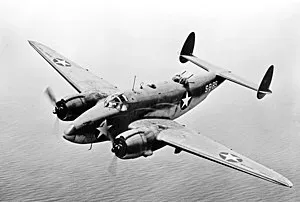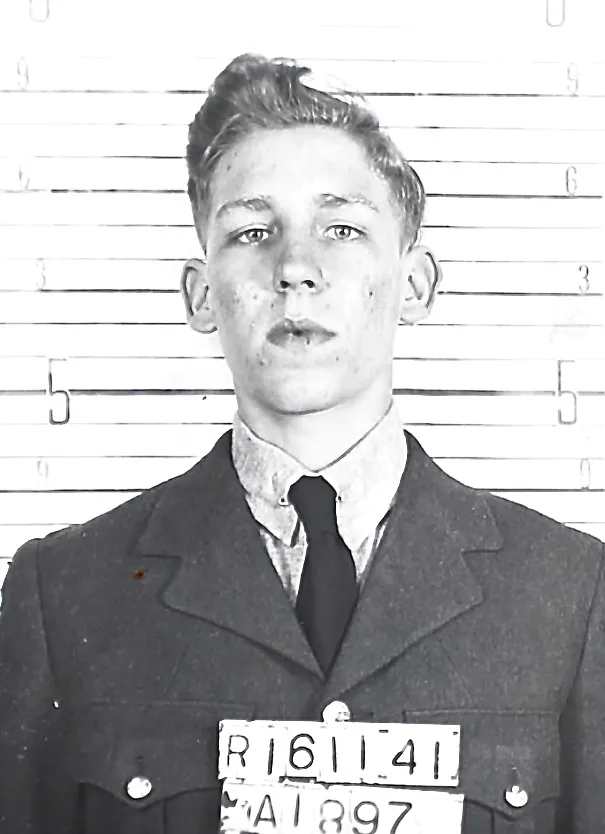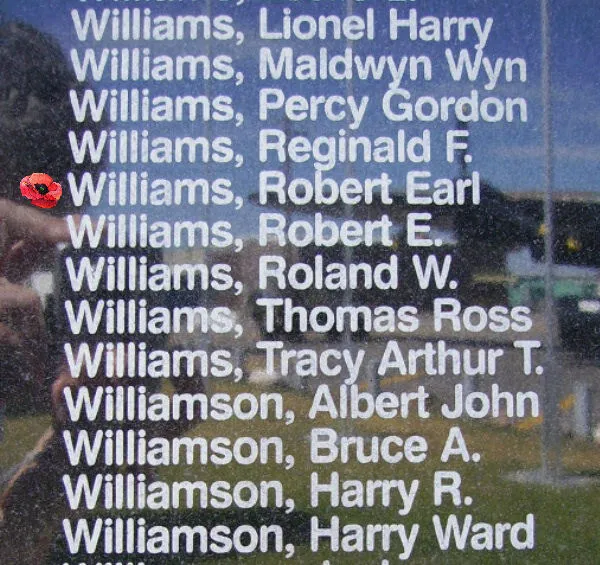Bates, Donald Stuart (Sergeant)
Killed in Flying Accident 1943-February-26


Birth Date: 1922-January-16
Born:
Parents: Son of Donald Bates and of Violet Agnes Bates (nee Hicks), of Hamilton East, Auckland, New Zealand.
Spouse:
Home:
Enlistment:
Enlistment Date: unkown date
Service
RNZAF
Unit
34 OTU- Operational Training Unit
Base
RCAF Stn. Pennfield Ridge, New Brunswick
Rank
Sergeant
Position
Service Numbers
413220
Crew or Other Personnel
Ventura AE911
Accident Card - Lockheed Ventura Mk. II serial:AE911
This accident involved 1 aircraft on 1943-February-26. Ventura II s/n AE911.
This accident involved 4 people. Bates DE, Harris NC, Otto TM, Williams E
This accident had 4 fatalities. Pilot Officer Norman Clifford Harris RAFVR Killed in Flying Accident service no:138121 Ventura AE911, Sergeant Evan Williams RAAF Killed in Flying Accident service no:416901 Ventura AE911, Sergeant Donald Stuart Bates RNZAF Killed in Flying Accident service no:413220 Ventura AE911, Sergeant Thomas Marshall Otto RCAF Killed in Flying Accident service no:R/161141 Ventura AE911
Ventura serial: AE911

A Lockheed PV-1 Ventura
The Lockheed Ventura is a twin-engine medium bomber and patrol bomber of World War II.
The Ventura first entered combat in Europe as a bomber with the RAF in late 1942. Designated PV-1 by the United States Navy (US Navy), it entered combat in 1943 in the Pacific. The bomber was also used by the United States Army Air Forces (USAAF), which designated it the Lockheed B-34 (Lexington) and B-37 as a trainer. British Commonwealth forces also used it in several guises, including antishipping and antisubmarine search and attack.
The Ventura was developed from the Lockheed Model 18 Lodestar transport, as a replacement for the Lockheed Hudson bombers then in service with the Royal Air Force. Used in daylight attacks against occupied Europe, they proved to have weaknesses and were removed from bomber duty and some used for patrols by Coastal Command.
At the start of the war, Lockheed proposed military conversions of the Lodestar for the RAF as replacement for the Hudson reconnaissance aircraft and the Bristol Blenheim bomber. The first British order was placed in February 1940 for 25 Model 32 as bombers. This was followed by an order for 300 Model 37 with Double Wasp engines, then for a further 375 later in 1940. Lockheed needed more production capacity and nearby Vega Aircraft Corporation was contracted for building the Ventura.
The Ventura was very similar to its predecessor, the Lockheed Hudson. The primary difference was not in layout; rather, the Ventura was larger, heavier, and used more powerful engines than the Hudson. The RAF ordered 188 Venturas in February 1940, which were delivered from mid-1942. Venturas were initially used for daylight raids on occupied Europe but, like some other RAF bombers, they proved too vulnerable without fighter escort, which was difficult to provide for long-range missions. Venturas were replaced by the faster de Havilland Mosquito. The Venturas were transferred to patrol duties with Coastal Command as the Mosquito replaced them in bomber squadrons; 30 went to the Royal Canadian Air Force (RCAF) and some to the South African Air Force (SAAF). The RAF placed an order for 487 Ventura Mark IIs but many of these were diverted to the USAAF, which placed its own order for 200 Ventura Mark IIA as the B-34 Lexington, later renamed RB-34.
A total of 157 Ventura G.R. Mk. Vs were used operationally by the RCAF from 16 June 1942 to 18 April 1947 in the home defence coastal patrol role in both Eastern and Western Air Command. They were flown by 8, 113, 115, 145, and 149 Squadrons. A further 21 Ventura Mk. Is and 108 Ventura Mk. IIs were used in a training role at 1 Central Flying School, Trenton, Ontario, and at RCAF Station Pennfield Ridge, New Brunswick (RAF No. 34 Operational Training Unit) as part of the BCATP. A total of 21 Mk. Is, 108 Mk. IIs, and 157 G.R. Mk. Vs were in service during this period for a total of 286 aircraft. Wikipedia
Aircraft Images
Ventura AE911
Ventura Mk. II AE911
Used by No. 34 OTU at Pennfield Ridge, NB. On 26 Feb 1043, during a formation cross country training exercise, at 1437 hrs, a W/T message was received from an a/c flying in formation, to the effect that the other a/c with which it was flying had suddenly broken formation and had, it was believed, crashed. Although intensive aerial search was conducted nothing was discovered. AE911, and the crew which consisted of Pilot Officer (RAF) N.C. Harris (Pilot), Flight Sergeant (RNZAF) E. Williams (Nav), Flight Sergeant (RNZAF) D.T. Bates (WAG) and Flight Sergeant T.M. Otto (AG) were declared as "missing" as of 4 Mar 1943. Extensive searches revealed nothing. On 23 Oct 1943, a crashed a/c was eventually found by a hunting party. The crashed a/c turned out to be AE911. The bodies of the four members of the crew were brought back to the station for burial. From the position of the wreckage and bodies, it appeared that the a/c had crashed while out of control, killing the crew instantly1942-06-30 Taken on Strength Eastern Air Command 2019-08-20
1943-February-26 Accident: 34 Operational Training Unit Loc: Unknown Names: Bates | Harris | Otto | Williams
1943-05-06 Struck off Strength Cat “A†write-off. 2022-01-27




